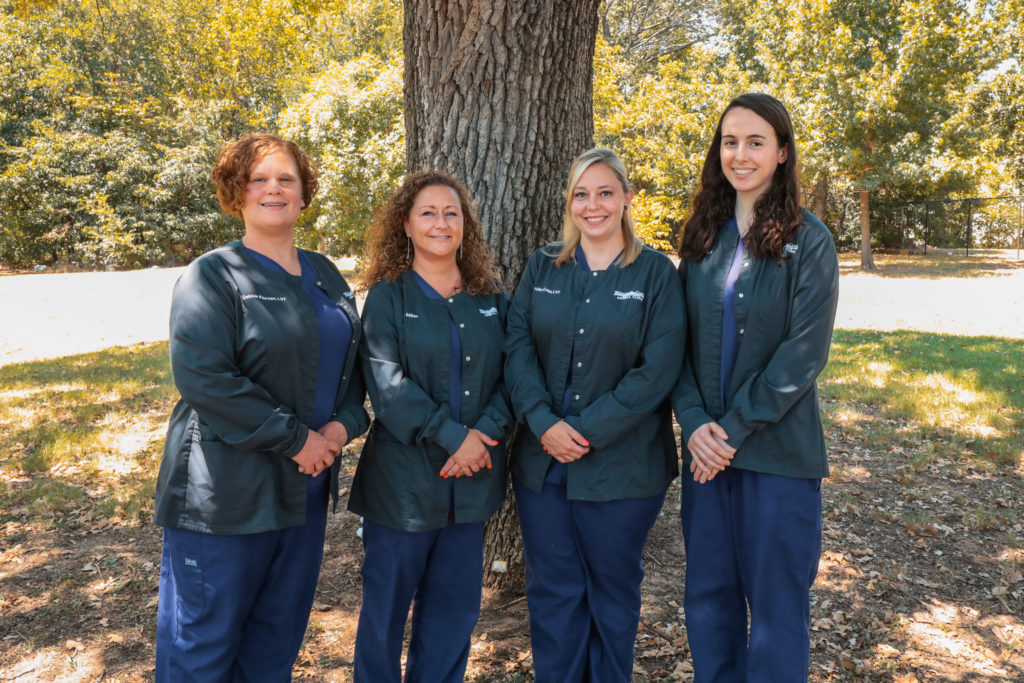

“It was burning faster than we could get to it,” Scott said.Īt one point, the fire burned into timber on the west side of Interstate 5 and a gust of wind blew it into a neighborhood along Loganberry Street on the east side of the freeway. They’d set up to attack it only to have the wind change direction and have to start all over.

“Those are the guys that put themselves in harm’s way.”įor the rest of the afternoon and evening, crews struggled to get ahead of the fire. “I work with a great team of people,” he said. Scott shied away from the credit Dyer gave him. Chief Scott understood what he had right away.” “He understood that weather pattern … and he called early and he called for a lot. “He’s not going to brag about it because he’s just doing his job,” she said. Scott predicted the fire would get out of hand quickly and called in additional resources, said Dyer. “Once the fire spotted into there with the wind behind it, it was able to burn unchecked, burning its own path,” he said. However, it was burning close to the Scatter Creek Wildlife Area at a location Scott described as about 1 square mile with tall grass and little access for fire trucks. Tuesday, firefighters responded to what on another day might have remained a small brush fire. “Thirty-one years in the fire service - this is the largest wildland fire I’ve seen on the west side of the state,” said West Thurston Fire Authority Chief Robert Scott, who was the incident commander on day one of the fire.Īt about 1:30 p.m. On Friday, Thurston County officials reported fire crews would likely be on site for another 10 days to continue mop-up efforts on the lingering fire. About 345 acres of that was in the Scatter Creek Wildlife Area, according to a news release from the Washington Department of Fish and Wildlife. In addition, two outbuildings, two front loaders, three semi trailers, one historical cabin, a historical barn, two personal vehicles, one excavator, two commercial vehicles, one commercial building, a tub grinder, utility poles and 494 acres of land burned. Lanette Dyer, of the West Thurston Regional Fire Authority, reported.īy then, crews were able to decrease the estimated number of destroyed primary residences from four to two. While the fire’s initial chaos caused them to fear the worst, crews confirmed by Thursday the damage wasn’t quite as bad as first expected, Capt. Rapidly changing winds set the fire charging across prairie grass, and about 100 residences were evacuated. On Thursday, as crews continued to patrol fire lines and put out hotspots, Morales and others recounted the harrowing first few hours of the fire in which two fire engines and crews were briefly overrun with flames. “It was like a wall of fire,” Mike Morales, a West Thurston Regional Fire Authority firefighter, told The Chronicle.

By Natalie Johnson / knew they were in for a long day when they saw the flames from a Grand Mound brush fire hit tall, tinder-dry grass Tuesday afternoon and shoot 30 feet in the air right in front of them.


 0 kommentar(er)
0 kommentar(er)
